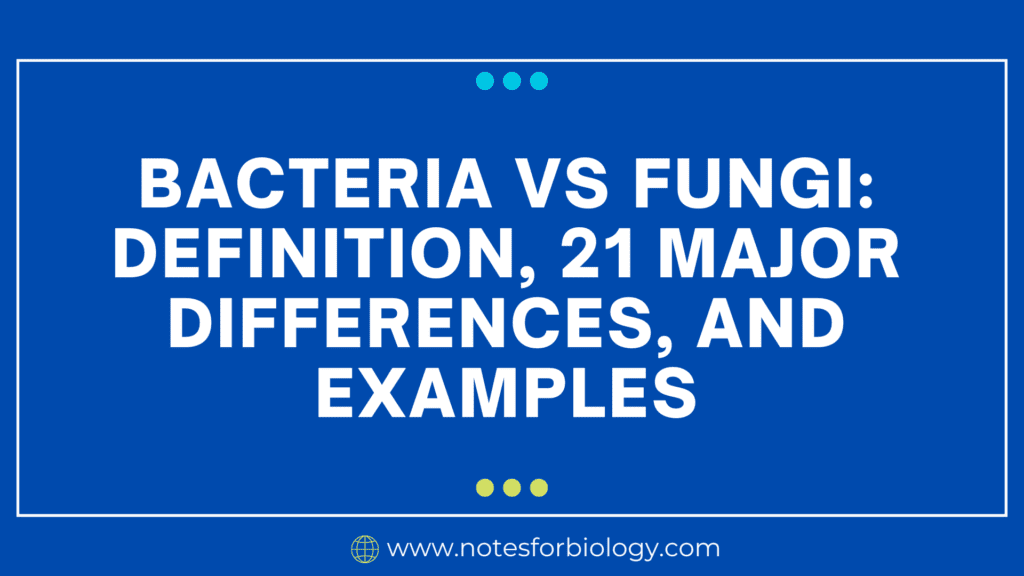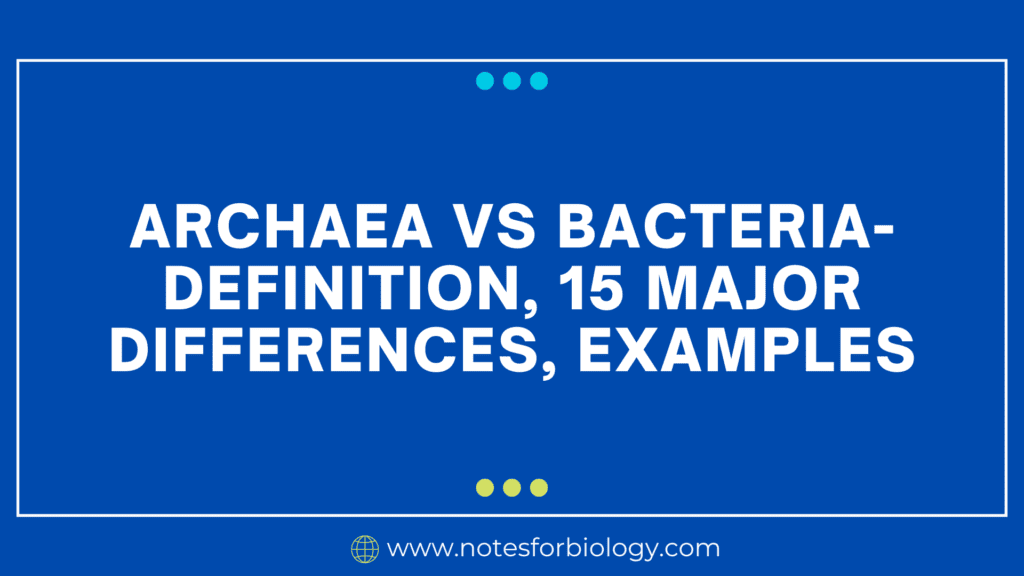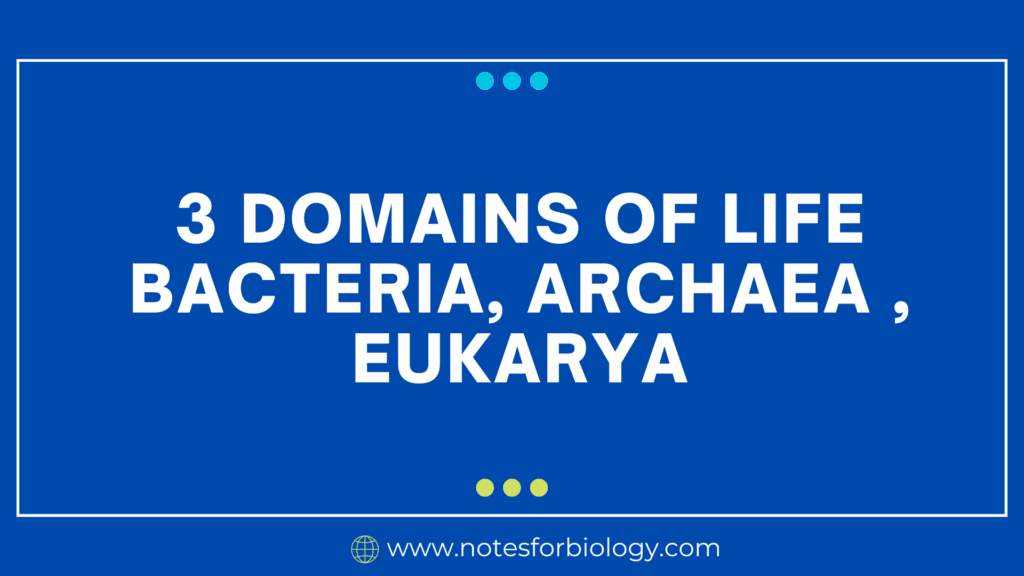Understanding the basic distinctions between bacteria vs fungi as well as their ecological responsibilities is crucial when comparing the two types of organisms. Bacteria are primitive prokaryotes with peptidoglycan cell walls and a simple cell structure. They lack a genuine nucleus and membrane-bound organelles. In contrast, fungi are eukaryotic creatures with chitin-based cell walls, a real nucleus, and organelles that are membrane-bound. This analysis of the differences between bacteria vs fungi highlights their distinctive traits and vital roles in a range of natural and manmade systems.
Table of Contents
Definition of Bacteria
Bacteria are microscopic, one-celled creatures. Bacteria come in millions of distinct varieties. Numerous substances that are good for you may be found in and on your body. Your microbiome, which is made up of these microorganisms, maintains the health of your body. You can become ill from other microbes. Antibiotics are used by medical professionals to treat a wide range of bacterial illnesses.
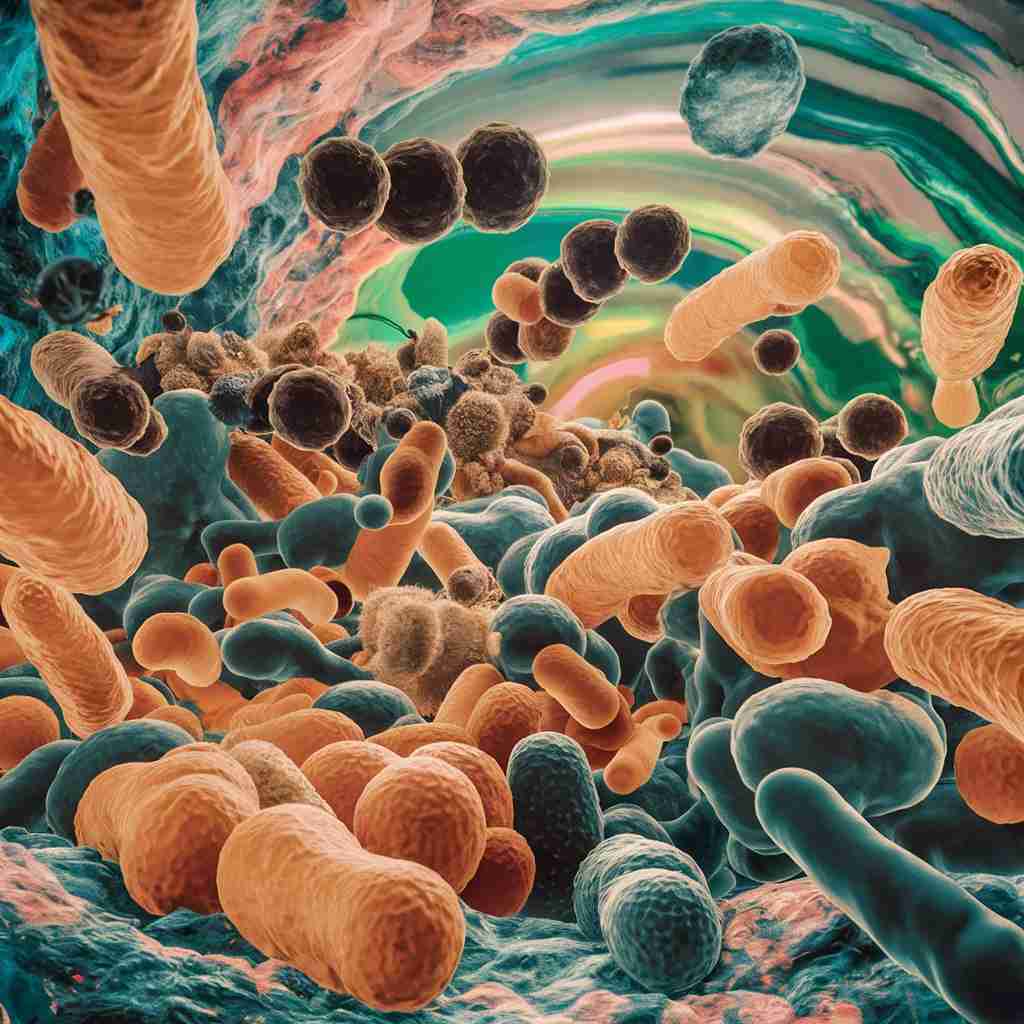
Definition of Fungi
The kingdom of fungi is made up of eukaryotic, non-phototrophic living things with stiff cell walls called fungi (singular fungus). There are an estimated 2 million species of fungus, making them some of the most extensively spread creatures in the planet.
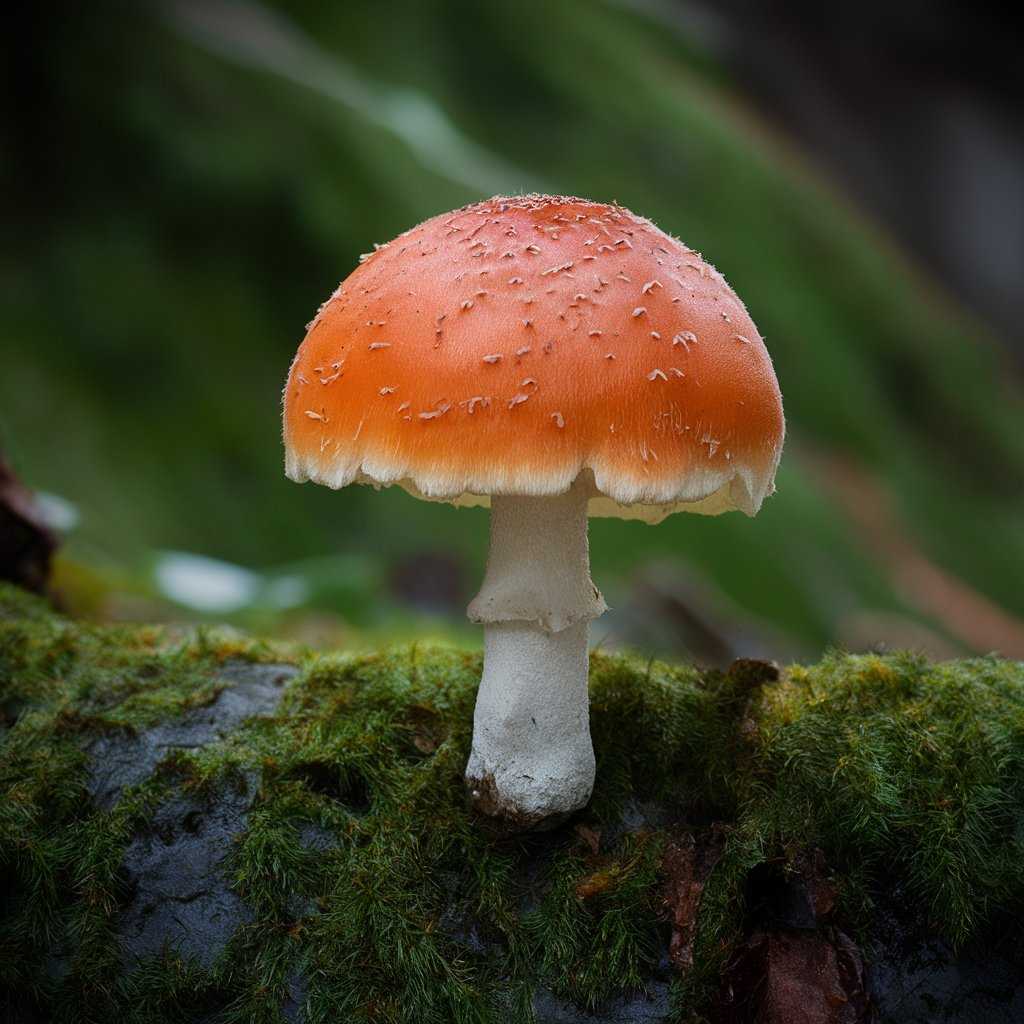
Bacteria vs Fungi Key Characteristics
Key Characteristics of Bacteria
Prokaryotic cells have membrane-bound organelles and no real nucleus.
Cell Wall: Peptidoglycan makes up the cell wall of the majority.
Reproduction: Binary fission is the primary asexual method.
DNA: A single circular chromosome with the potential to include plasmids, which are tiny circular DNA molecules.
Dimensions: Usually rather tiny, with a diameter that ranges from 0.2 to 2.0 micrometers.
forms: Spherical cocci, rod-shaped bacilli, and spiral-shaped spirilla are examples of common forms.
Metabolism: Shows a variety of metabolic routes; can be facultative anaerobes, anaerobic, or aerobic.
Motility: Certain bacteria have the ability to move by employing structures like pili or flagella.
Habitat: Widely distributed; found in nearly every type of ecosystem on Earth, including harsh settings like deep-sea vents and hot springs.
Key Characteristics of Fungi
- Cell Type:
- Eukaryotic, meaning they have a true nucleus and membrane-bound organelles.
- Cell Wall Composition:
- Primarily composed of chitin, although some also contain glucans and other polysaccharides.
- Structure:
- Fungi can be unicellular (yeasts) or multicellular (molds and mushrooms).
- Multicellular fungi form networks of hyphae (thread-like structures) that make up the mycelium.
- Reproduction:
- Can reproduce both asexually and sexually.
- Asexual reproduction typically occurs via spores (conidia, sporangiospores) or budding (in yeasts).
- Sexual reproduction involves the fusion of specialized sex cells (gametes) and the formation of spores through meiosis.
- Nutrition:
- Heterotrophic, obtaining nutrients by absorbing organic matter from their environment.
- They secrete enzymes to break down complex organic materials into simpler compounds that can be absorbed.
- Habitat:
- Found in a wide range of environments, but thrive in moist, warm conditions.
- Can grow on various substrates including soil, decaying organic matter, and living hosts.
- Metabolism:
- Primarily aerobic, though some can be facultative anaerobes.
- Known for their ability to decompose complex organic substances.
- Symbiosis:
- Often form symbiotic relationships, such as mycorrhizae with plant roots, lichens with algae, and endophytes within plant tissues.
- Pathogenicity:
- Some fungi are pathogenic and can cause diseases in plants, animals, and humans (e.g., athlete’s foot, ringworm, and systemic infections).
- Industrial and Medical Use:
- Used in food production (e.g., yeast for baking and brewing).
- Important sources of antibiotics (e.g., Penicillin from Penicillium).
- Employed in biotechnology for enzyme production and bio-remediation
Bacteria vs Fungi Major Differences
The Major Differences of Bacteria vs Fungi are given below
| Feature | Bacteria | Fungi |
| Cell Type | Bacterial | eukaryotic |
| Cell Structure | Absence of membrane-bound organelles and a genuine nucleus | Real nucleus, organelles confined to membranes |
| Cell Wall Composition | Peptidoglycan | Chitin |
| Size | Usually, micrometers are 0.5–5 | can be tiny (like yeasts) or huge (like mushrooms), multicellular entities. |
| Reproduction | By binary fission, asexual reproduction is possible. | both sexual and asexual reproduction (spores, budding). |
| Definition | bacteria with a single cell but no nucleus. | organisms classified as eukaryotic, such as molds, mushrooms, and yeasts. |
| Nutrition | Heterotrophic; absorbs nutrients (some are autotrophic). | Heterotrophic: take in nourishment. |
| Habitat | widespread (found in harsh habitats, water, and soil). | Found in various environments, often in moist conditions. |
| Examples | Bacillus aureus and Escherichia coli. | Agaricus bisporus (mushroom), Penicillium (mold), and Saccharomyces cerevisiae (yeast). |
| Movement | Some (like flagella and pili) can move. | Usually not moving. |
| Nucleus | Absence of a real nucleus | Real center of mass |
| Organs | Absence of membrane-bound organelles | Organelles bonded to membranes |
| DNA Structure | DNA in circles | Chromosomes that are linear |
| Cell Membrane | No sterols | there are sterols (ergosterol) |
| Motility | Some moving (pili, flagella) | Typically not moving |
| Pathogenicity | Pathogenic means that they cause illnesses. | Pathogenic means that they cause illnesses. |
| Antibiotic Production | Make antibiotics, such as Streptomyces. | Make antibiotics, such as Penicillium. |
| Industrial Use | Biotechnology, medicine, fermentation | Food production, biotechnology, antibiotics |
| Temperature Range | broad range, encompassing harsh settings | Prefer conditions that are warm to moderate |
| Colonial Morphology | Form colonies with minimal morphological diversity | Form various structures, such as fruiting bodies, mycelium, and hyphae. |
| Spore Formation | Some form endospores | Reproduce through spores |
Summary of Bacteria vs Fungi
It’s evident that bacteria vs fungi have quite different properties from one another. Bacteria are single-celled prokaryotes with peptidoglycan cell walls that lack membrane-bound organelles and a genuine nucleus. They are asexual producers by binary fission and may be found in a variety of habitats, including harsh ones. Staphylococcus aureus and Escherichia coli are two examples. Fungal cells are made of chitin, and they are classified as eukaryotic creatures since they include membrane-bound organelles and a genuine nucleus. Fungi reproduce both asexually and sexually. They can be unicellular, like yeasts, or multicellular, like molds and mushrooms. The key functions and distinguishing characteristics of Bacteria vs Fungi in the microbial world are highlighted by their comparison.
Frequently Asked Question
1. Which is bigger fungi or bacteria?
Hence, Fungi are generally bigger in size than bacteria.
2. What do bacteria and fungi both have?
Final response: Both bacteria and fungus have cell walls, DNA, and plasma membranes.
3. Do fungi and bacteria reproduce?
While fungi can reproduce asexually or sexually, bacteria reproduce sexually by binary fision.
Related Article

